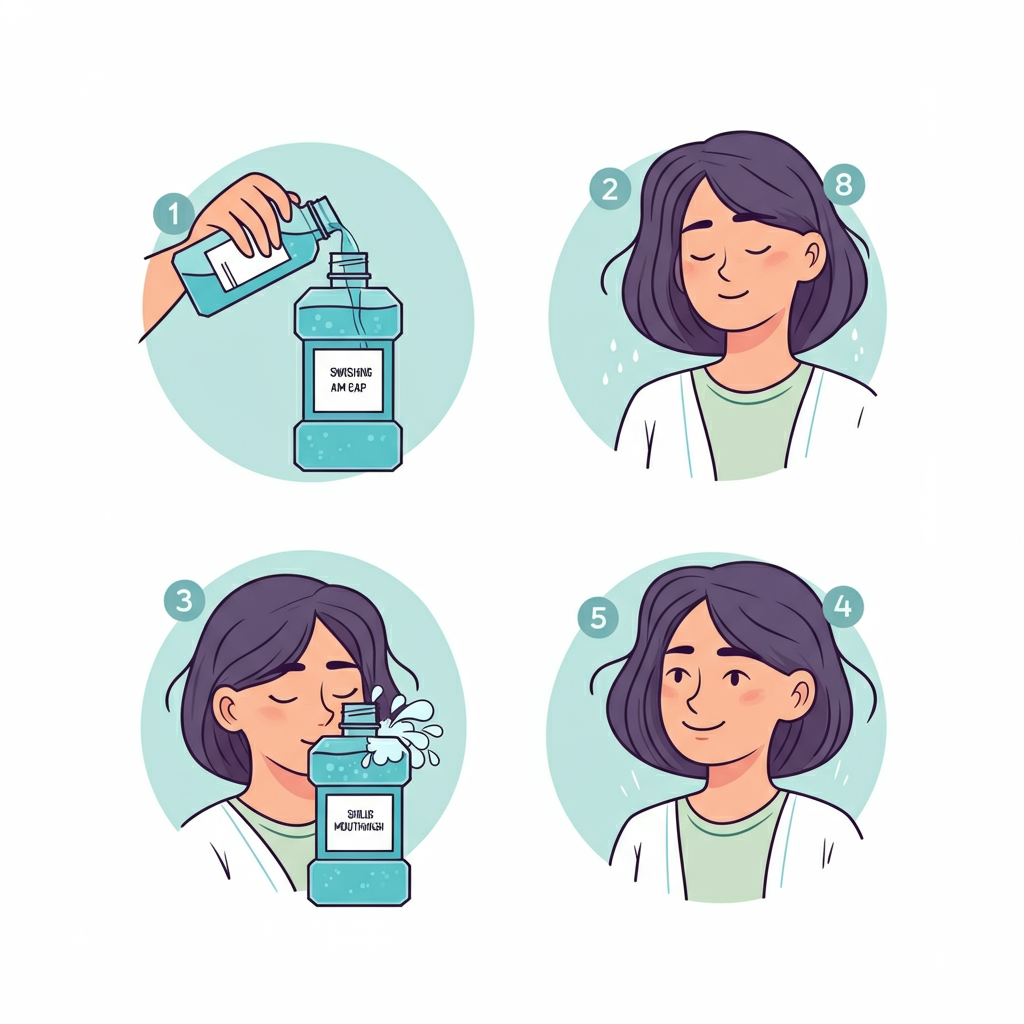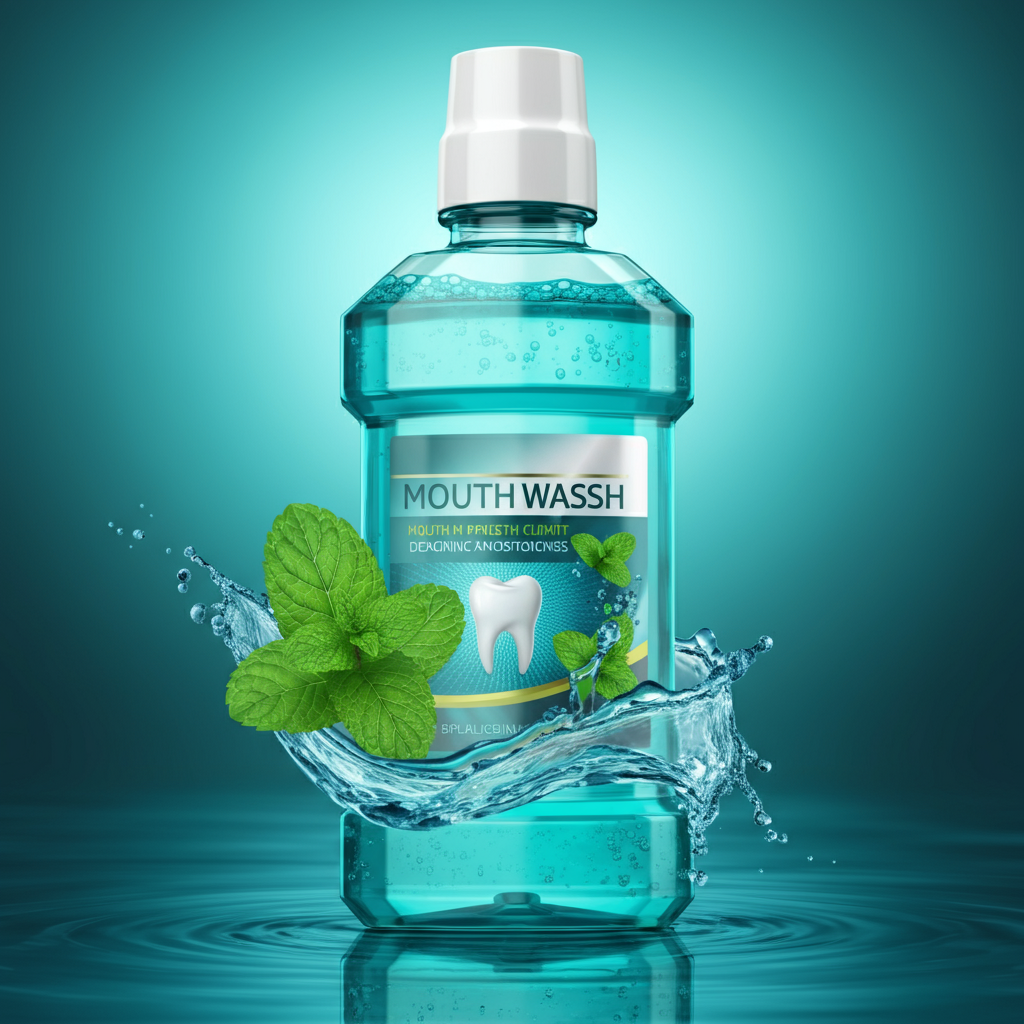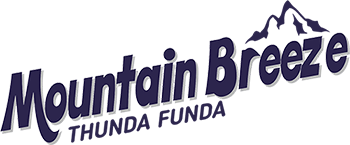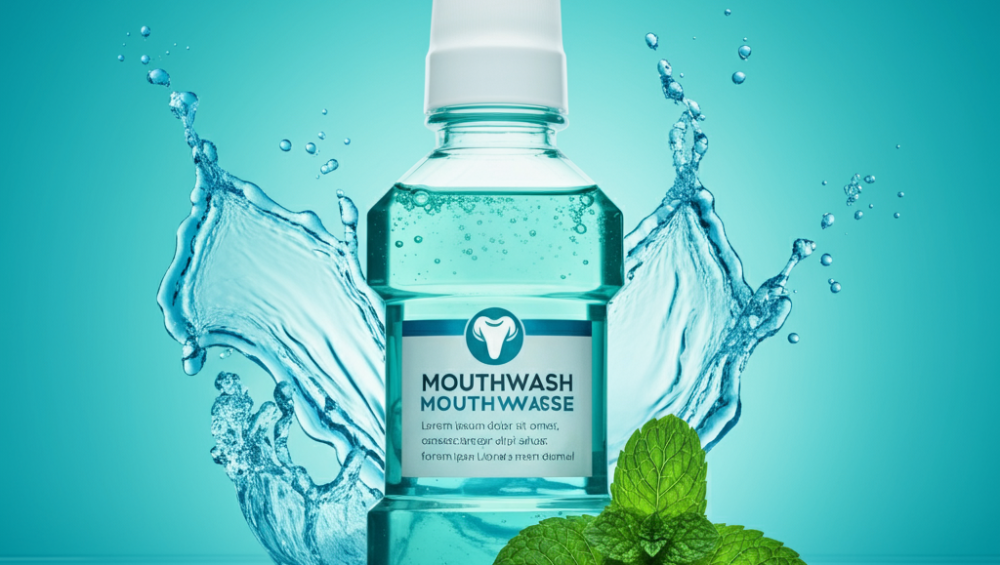Maintaining good oral hygiene is essential for healthy gums, strong teeth, and a fresh smile. While brushing and flossing are vital, learning how to use mouthwash effectively can take your oral care routine to the next level. Mouthwash helps target areas that your toothbrush may not reach, reducing bacteria, fighting plaque, and freshening breath. This guide will walk you through the benefits of incorporating mouthwash into your daily routine, as well as tips for selecting the right product for your needs.
Why Oral Hygiene Matters
Good oral hygiene is about more than just a bright smile. Neglecting it can lead to oral health problems like cavities, gum disease, and bad breath, which can subsequently affect your overall health. For example, gum disease has been linked to heart disease and diabetes. Incorporating mouthwash plays a significant role in preventing these issues. When you know how to use mouthwash properly, it acts as your oral care safety net, tackling bacteria and plaque in hard-to-reach areas.
How to Use Mouthwash Effectively

Using mouthwash may seem simple, but doing it correctly ensures you reap its full benefits. Follow these steps for optimal results:
- Choose the Right Mouthwash
Look for a product that addresses your specific needs, such as gum health, plaque prevention, or fresh breath. - Read the Instructions
Always check the label for detailed instructions on how much to use and how long to rinse. - Measure the Correct Amount
Use the measuring cap provided with the bottle. Typically, you’ll need 20–30 mL (4–6 teaspoons). - Prepare Your Mouth
If you’ve just eaten, rinse your mouth with water or brush your teeth beforehand to remove leftover food particles. - Swish Around
Swish the mouthwash in your mouth for about 30 seconds, making sure it reaches all areas, including along the gum line and between teeth. - Gargle for Fresh Breath
For added freshness, gently gargle the mouthwash at the back of your throat for a few seconds. - Spit It Out
Never swallow mouthwash, as it contains active ingredients meant only for rinsing. - Avoid Eating or Drinking
Wait at least 30 minutes before consuming food or drinks. This gives the mouthwash time to work effectively.
By following these steps, you’ll maximize the benefits of your mouthwash routine.
Benefits of Mouthwash for Oral Health

Understanding how to use mouthwash isn’t just about technique—it’s about knowing the benefits it offers to your oral health. Here are some reasons to include it in your daily care regimen:
- Reduces Plaque
Mouthwash works to break down and prevent the buildup of plaque, which can harden into tartar if left untreated. - Improves Gum Health
Antibacterial mouthwashes help combat bacteria that cause gum inflammation, reducing the risk of gingivitis and periodontal disease. - Targets Hard-to-Reach Areas
Your toothbrush and floss may not clean every corner of your mouth. Mouthwash helps bridge the gap by accessing hidden spaces. - Freshens Breath
By killing odor-causing bacteria, it enhances your breath’s freshness and leaves you feeling confident throughout the day. - Strengthens Enamel
Fluoride-based mouthwashes help protect tooth enamel against decay and cavities, making teeth more resilient.
Tips for Choosing the Right Mouthwash
Not all mouthwashes are created equal, which is why it’s important to choose one tailored to your specific needs. Here are some tips to help you decide:
- For Gum Health – Look for products with antibacterial agents like chlorhexidine or cetylpyridinium chloride (CPC), which reduce gum inflammation and bacteria.
- For Plaque Removal – Anti-plaque or tartar control mouthwashes are designed to target and prevent plaque buildup.
- For Fresh Breath – Seek out minty fresh formulas that also eliminate odor-causing bacteria for long-lasting results.
- For Sensitive Teeth – Opt for fluoride-based mouthwashes to help strengthen enamel and protect against sensitivity.
- For Dry Mouth – Alcohol-free formulas are best, as alcohol can cause excessive dryness. Products labeled for dry mouth often include moisturizing agents.
If you’re unsure which one to choose, you can ask your dentist for personalized recommendations.
Recommended Mouthwash Products

Here’s a list of trusted products for various oral care needs to help you decide how to use mouthwash in a way that aligns with your goals:
For Gum Health
- Listerine Gum Therapy Antiseptic Mouthwash
Packed with essential oils, it’s clinically proven to reduce gum inflammation and combat gingivitis. - TheraBreath Healthy Gums Oral Rinse
A gentle option containing CPC and aloe vera for soothing gums and fighting bacteria.
For Plaque Removal
- Crest Pro-Health Advanced Mouthwash
This alcohol-free formula targets plaque buildup and strengthens enamel. - ACT Total Care Antiplaque Fluoride Rinse
Combines plaque prevention with cavity protection for complete care.
For Fresh Breath
- TheraBreath Fresh Breath Oral Rinse
Known for targeting sulfur-producing bacteria that cause bad breath without using alcohol. - Closys Ultra Sensitive Mouthwash
An unflavored, non-irritating formula ideal for delicate mouths.
For Dry Mouth or Sensitivity
- Biotene Dry Mouth Oral Rinse
Designed to relieve dry mouth while freshening breath. - Sensodyne Pronamel Mouthwash
Helps protect sensitive teeth and fortify enamel against decay.
All-in-One Care
- Colgate Total Advanced Pro-Shield
Provides comprehensive protection against plaque, bad breath, and gum issues in an alcohol-free formula.
Knowing how to use mouthwash is about more than just rinsing—it’s about choosing the right product for your needs and applying it as part of a holistic routine. By doing so, you’ll enjoy healthier gums, fresher breath, and a brighter smile—all with just a few extra minutes a day.







